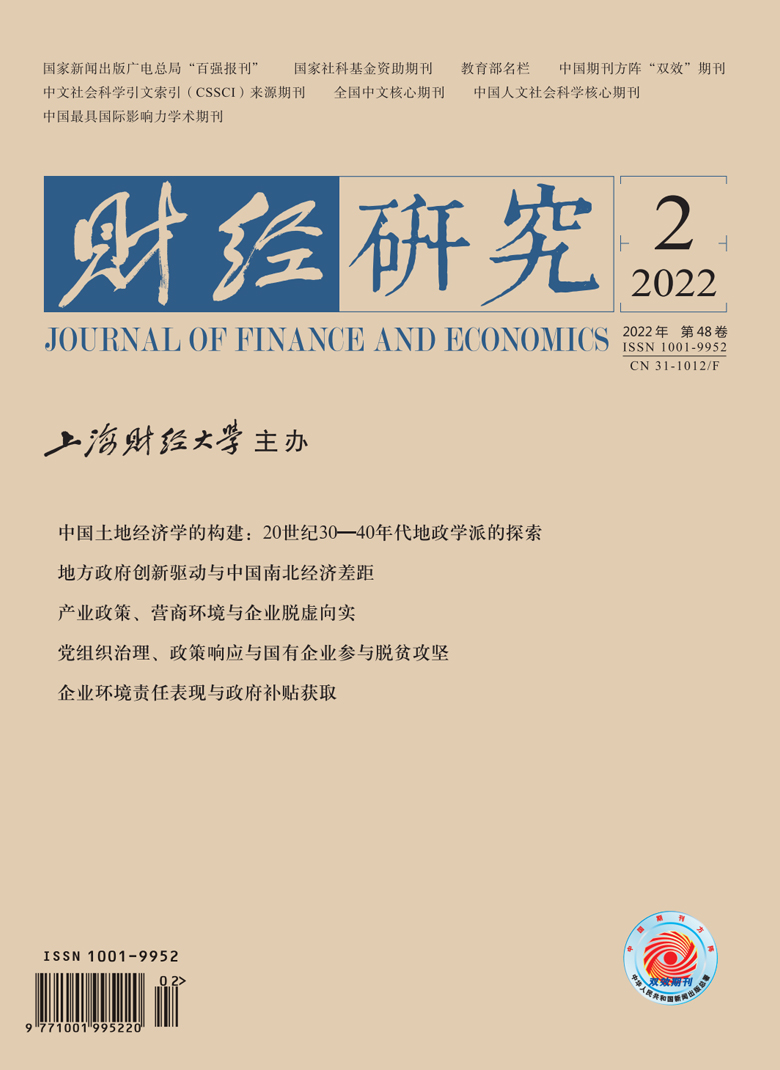Household financial risk is an important leading indicator for judging the national economic development trend and macro-financial stability, and the assessment of household financial risks is the prerequisite and basis for household economic decision-making and macro-policy formulation. At present, scholars mostly assess household financial risks from the perspective of household financial fragility, which can assess household financial risks as a whole. Among different age groups, the financial vulnerability of middle-aged and elderly families is particularly obvious, which is determined by the increase of medical expenditure caused by the decline of physical function and the decline of income caused by the decrease of labor ability. This paper uses the data from the China Health and Retirement Longitudinal Study (CHARLS). Firstly, this paper constructs household financial vulnerabilities including financial margin and solvency. Secondly, four health impact indicators including self-assessment, ADLs, common and major chronic diseases are constructed, and this paper uses the Random Effect Ordered Probit to analyze its heterogeneous impact on the financial risks of middle-aged and elderly families. Finally, this paper analyzes the impact of health shocks on the income side and expenditure side of middle-aged and elderly families with different incomes, as well as the role of medical insurance. The results show that the financial vulnerability of middle-aged and elderly households in China is on the rise, and health shocks have further increased the trend, especially middle-income and rural households. However, the impact degree and transmission mechanism of different types of health shocks on the financial vulnerability of middle-aged and elderly families are significantly heterogeneous. The impact of major diseases on the financial vulnerability of middle-aged and elderly families is four times that of other health shocks, mainly because major diseases not only increase the expenditure, but also reduce the income, while general health shocks only affect household financial risks by increasing the household expenditure. In addition, commercial health insurance can significantly improve the solvency of middle-aged and elderly families, especially to deal with the risk of major diseases. The academic value of this paper could be concluded in three aspects: Firstly, it builds household financial fragility based on the balance sheet, and expands the research on household financial fragility. Secondly, it constructs a multi-dimensional health indicator that includes the head of the household and his spouse, and more comprehensively analyzes the impact of different health shocks at the family level on household financial risks. Finally, using the Random Effect Ordered Probit model, and combined with the instrumental variable method to solve the endogenous problem, it can not only control the random heterogeneity at the family level, but also use the maximum likelihood method to estimate the parameters of nonlinear instrumental variable regression, which effectively controls endogeneity.
 / Journals / Journal of Finance and Economics
/ Journals / Journal of Finance and EconomicsJournal of Finance and Economics
LiuYuanchun, Editor-in-Chief
ZhengChunrong, Vice Executive Editor-in-Chief
YaoLan BaoXiaohua HuangJun, Vice Editor-in-Chief
Financial Risk Assessment of Middle-aged and Elderly Families under Dynamic Health Shocks
Journal of Finance and Economics Vol. 48, Issue 02, pp. 153 - 168 (2022) DOI:10.16538/j.cnki.jfe.20210813.201
Summary
References
Summary
Cite this article
Zhang Ji, Shi Xiao, Cao Yang. Financial Risk Assessment of Middle-aged and Elderly Families under Dynamic Health Shocks[J]. Journal of Finance and Economics, 2022, 48(2): 153-168.
Export Citations as:
For
ISSUE COVER
RELATED ARTICLES




 6801
6801  8497
8497

